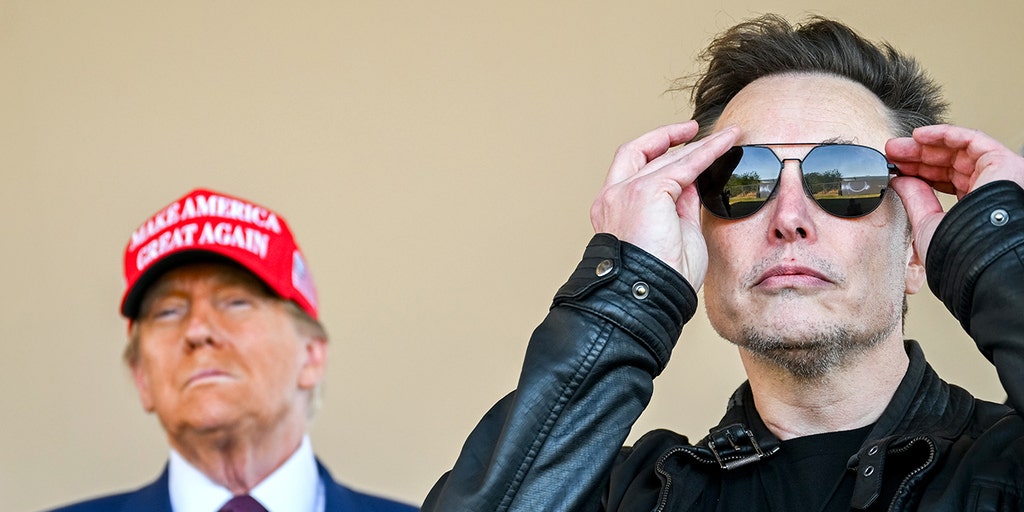Remote Work Showdown: Musk Drops Bombshell on Federal Workers' Home Office Era

In a bold move signaling a return to pre-pandemic workplace norms, federal employees are facing a critical deadline this week. Under President Trump's directive, workers must report back to their physical offices or risk being placed on administrative leave. Tech mogul and DOGE cryptocurrency enthusiast Elon Musk has emphasized the importance of this mandate, adding his voice to the push for in-person work.
The order marks a significant shift from the remote work arrangements that became standard during the COVID-19 pandemic. Federal workers across various agencies are now required to transition back to traditional office settings, with potential consequences for those who fail to comply. Musk, known for his outspoken stance on workplace productivity, has been vocal about the importance of in-person collaboration and face-to-face interactions.
As government agencies prepare for this transition, employees are navigating the challenges of returning to full-time office work after an extended period of remote operations. The directive underscores a broader conversation about workplace flexibility and the future of work in a post-pandemic world.

